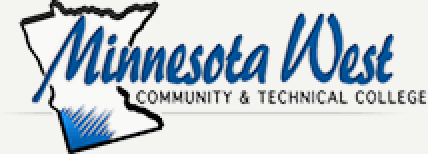AUTO 2146 Body Computer Controlled Electrical Systems
AUTO 2146: Body Computer Controlled Electrical Systems
Description
Body Computer Controlled Electrical Systems explains the theory of operation, diagnosing, and repair of electrical components such as power windows, power seats, ABS brakes, power steering, automatic computer control transmission, A.C climate control, theft deterrent systems, and chassis electronics control systems.
Credits
4
Prerequisite
TRAN 1100
Corequisite
None
Topics to be Covered
1. Electrical system fundamentals
2. Electric components of the power steering
3. Power windows and seats
4. Automatic computer control transmission
5. Theft deterrent systems
6. Chassis electronics control systems
Learning Outcomes
1. Diagnose (troubleshoot) the causes of brighter-than-normal, intermittent, dim, or no light operation; determine needed action.
2. Identify system voltage and safety precautions associated with high-intensity discharge headlights
3. Describe operation of comfort and convenience accessories and related circuits (such as: power window, power seats, pedal height, power locks, truck locks, remote start, moon roof, sun roof, sun shade, remote keyless entry, voice activation, steering wheel controls, back-up camera, parking assist, cruise control, and auto dimming headlamps); determine needed repairs.
4. Describe operation of safety systems and related circuits (such as: horn, airbags, seat belt pre-tensioners, occupancy classification, wipers, washers, speed control/collision avoidance, heads-up display, parking assist, and back-up camera); determine needed repairs
5. Demonstrate testing of body electronic system circuits using a scan tool; check for module communication errors (data communication bus systems); determine needed action.
6. Inspect and test gauges and gauge sending units for causes of abnormal readings; determine needed action.
7. Diagnose (troubleshoot) the causes of incorrect operation of warning devices and other driver information systems; determine needed action.
8. Comply with personal and environmental safety practices associated with clothing; eye protection; hand tools; power equipment; proper ventilation; and the handling, storage, and disposal of chemicals/materials in accordance with local, state, and federal safety and environmental regulations
9. *The required outcomes follow the Auto Service Technician (AST) model of the Board of the National Institute for Automotive Service Excellence (ASE)
Credit Details
Lecture: 1
Lab: 3
OJT: 0
MnTC Goal Area(s): None
